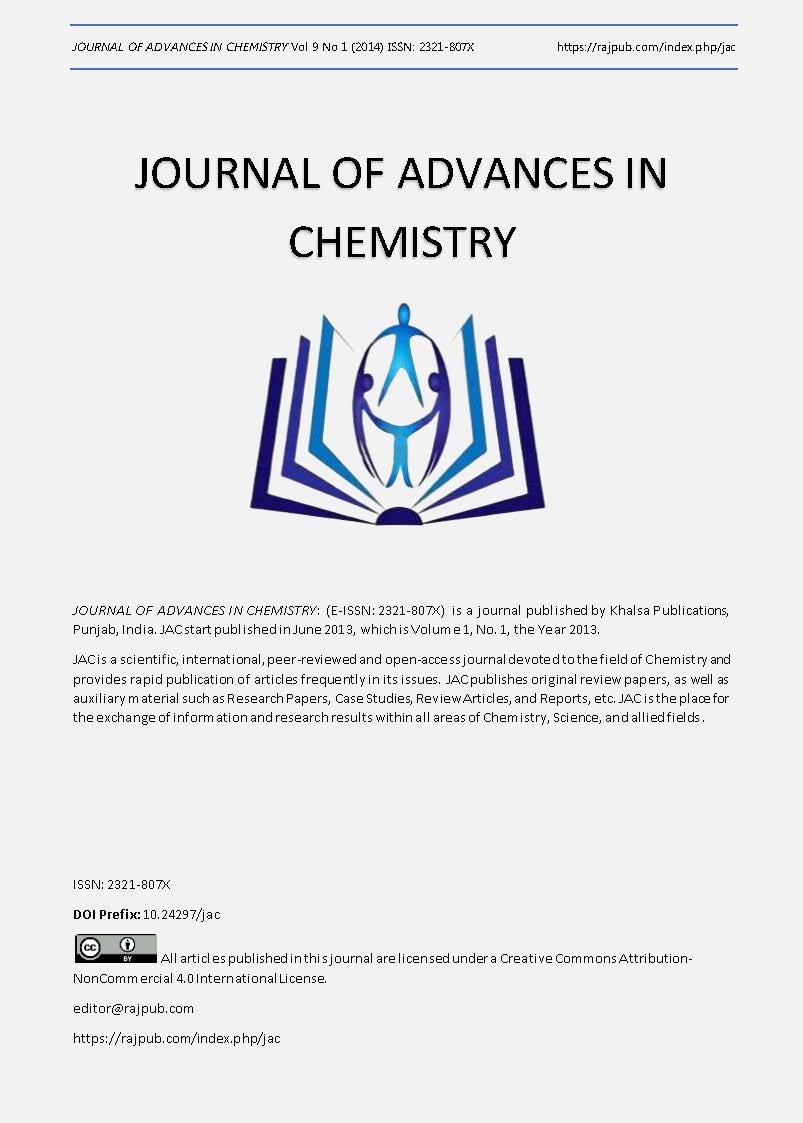Synthesis and Characterization of Hydroxyapatite Ceramics Organofunctionalized with ATP (Adenosine Triphosphate)
DOI:
https://doi.org/10.24297/jac.v9i1.2304Keywords:
Hydroxyapatite, Adenosine triphosphate, Grafting, Biomaterials.Abstract
Adenosine triphosphate (ATP) is the main source of energy for cells. In this article we investigated, with a possible future finality in bone tissue engineering, the original association of ATP molecules and hydroxyapatite (HAp) fine powders. We have in particular inspected, in a preliminary way, the effects of the presence of ATP molecules on the physico-chemistry of apatite compounds obtained via co-precipitation. Hybrids were produced by association of increasing amounts of adenosine 5’-triphosphate (ATP) disodium hydrate salt with hydroxyapatite, leading to so-called “organoapatitesâ€. The structure and composition of the polycrystalline hybrid compounds obtained were studied by XRD, FTIR, SEM and magic angle spinning (MAS) NMR techniques. The presence of ATP was found to alter the apatite crystallization process, leading to a departure from stoichiometry. MAS-NMR data attest to the presence of strong interactions between functional groups of ATP and apatite particles unveiling the obtainment of class II hybrids with potential future applications in cell-loaded bone scaffolds.
Downloads
Downloads
Published
How to Cite
Issue
Section
License
 All articles published in Journal of Advances in Linguistics are licensed under a Creative Commons Attribution 4.0 International License.
All articles published in Journal of Advances in Linguistics are licensed under a Creative Commons Attribution 4.0 International License.




